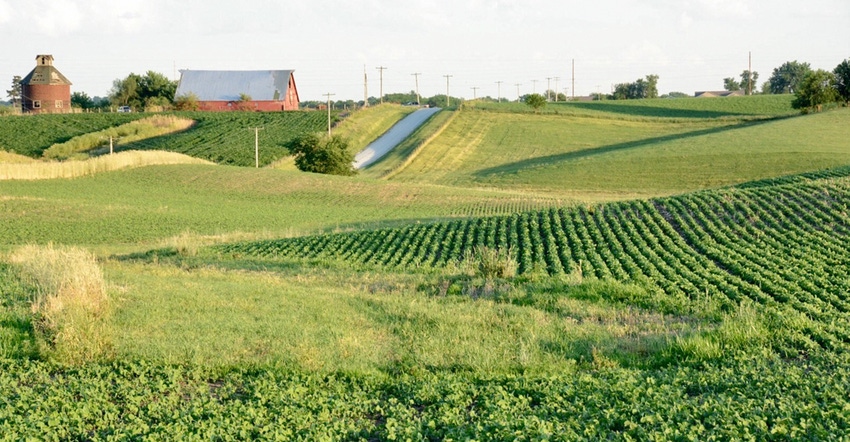January 4, 2019

I’ve read several articles with the warning from the latest National Climate Assessment report. The headlines summarize the story, saying the future for farmers is grim. The report says that by the year 2050, agriculture will face even more environmental problems, due to higher-intensity rainfall events and hotter temperatures.
Farm productivity levels and yields are predicted to drop 5% to 25% or more in the southern half of the U.S. The report also claims that even if yields don’t drop, farmers will pay more and more to fight plant diseases, pests and soil erosion. The report says extreme weather events and the inability of society and ecosystems to adapt will cost billions of dollars.
Yet nearly every day I also read stories about farmers with record yields or improvements in their bottom line. Most of these farmers cite a particular hybrid trait, weed control product, management technique, equipment innovation or efficiency measure as the source for the improvement. It’s also true that since we began farming, we continually struggle with sporadic weather, damaging storms and other countless risks. Those realities have always been there and probably always will be. I also see modern technological advances and innovative people all over the world.
Granted, these success stories aren’t written and researched and reviewed by scientists like the climate report is. But these facts paint a picture that tells the other part of the story. I’ve worked as a conservationist with the Natural Resources Conservation Service for 35 years, so if I’m a little biased, you’ll have to forgive me. We’ve worked on how to take steps and make choices that create farm operations that are sustainable, environmentally sound, productive and profitable. We’ve helped add resilience to the farm ecosystem, and we’ve been doing this for more than 80 years.
And don’t forget about all the soil and water conservation districts, with locally elected people who provide local leadership to do the same: Find the best ways to farm. The management principles, concepts about good stewardship, and hundreds of conservation practices we’ve designed and installed on Illinois farms are there for everyone to use. They can improve soil, control water, improve crop health and build strong farms that are resistant to floods and droughts.
Conservation systems create naturally resilient ag operations. That’s a fact.
These may sound like trendy talking points and marketing tidbits to some, but this is the same language, the same mantra that NRCS has pushed since 1935. It’s true that not every farmer is doing everything that can be done for soil and water conservation. There are still folks out there who think the issues and problems we face don’t apply to them. We as an ag community have room to do better.
Don’t get me wrong, I’m not suggesting that we ignore science and keep rushing along with our greenhouse gas-pumping ways. But I think we always need to be looking ahead and preparing ourselves.
That’s why I don’t believe climate change has to mean a grim outlook for agriculture. I see an opportunity for more Illinois farmers to engage and step up and do the right thing. Don’t let the talk of doom and gloom pin you down as a victim of planetary circumstances beyond your control. Take environmental reports and issues as a reason to try something new on your farm this year. Take on a new conservation project or use a new planting technique to ensure your land is better prepared for whatever weather the universe tosses our way.
Dozier is the Illinois state conservationist. Direct comments or questions to [email protected].
About the Author(s)
You May Also Like




